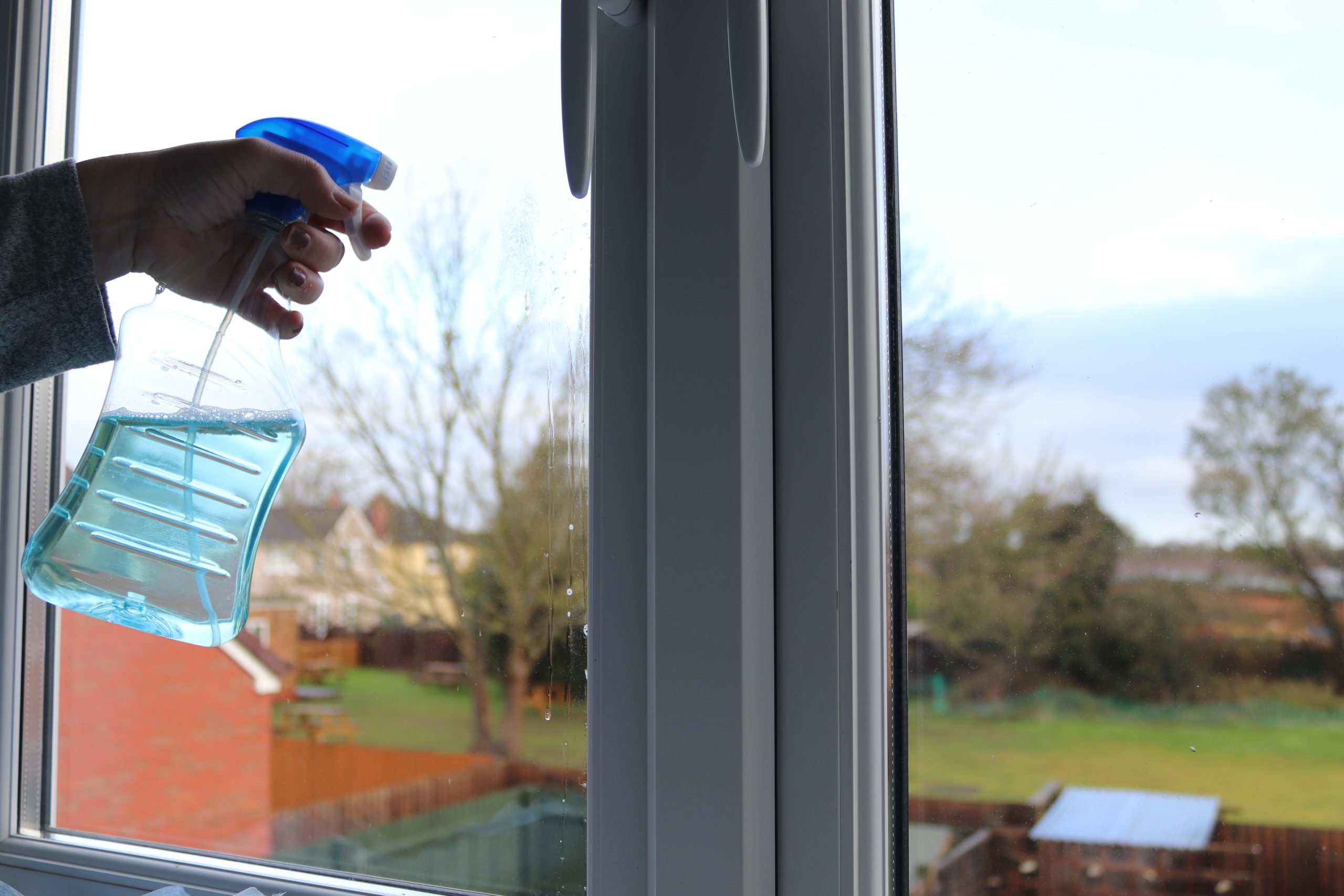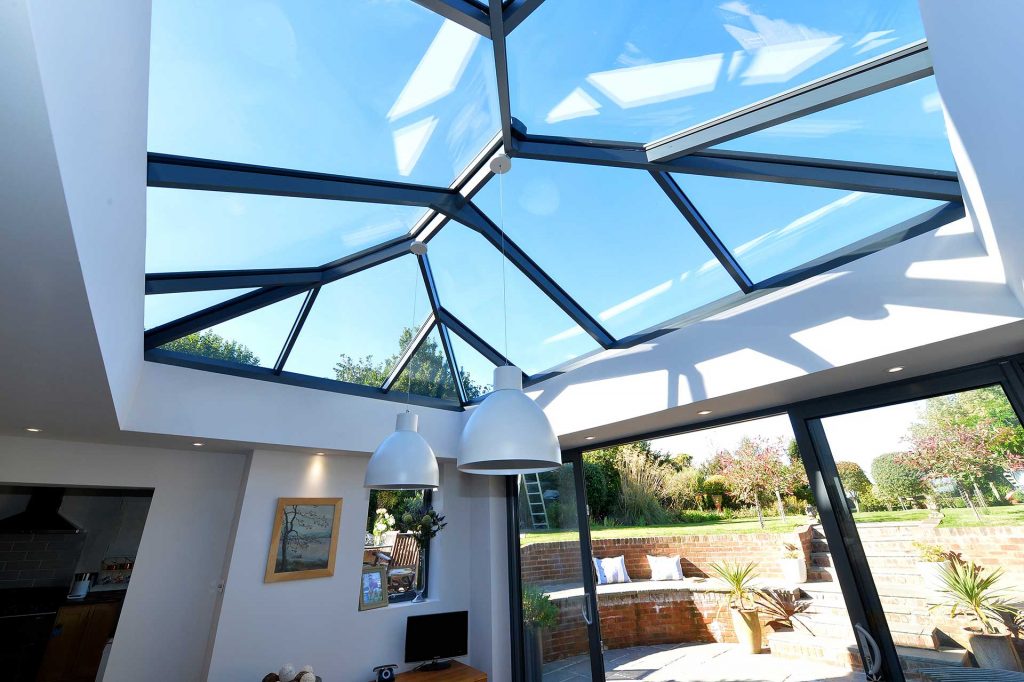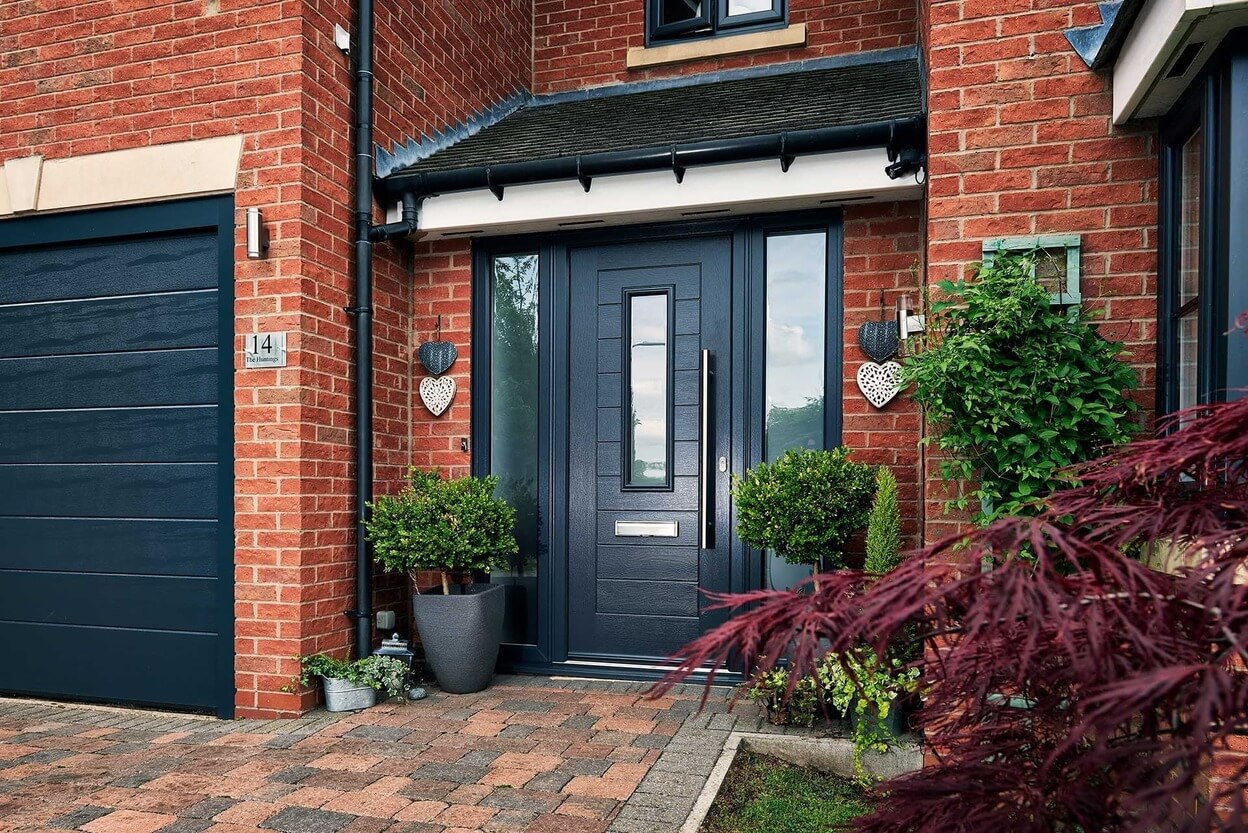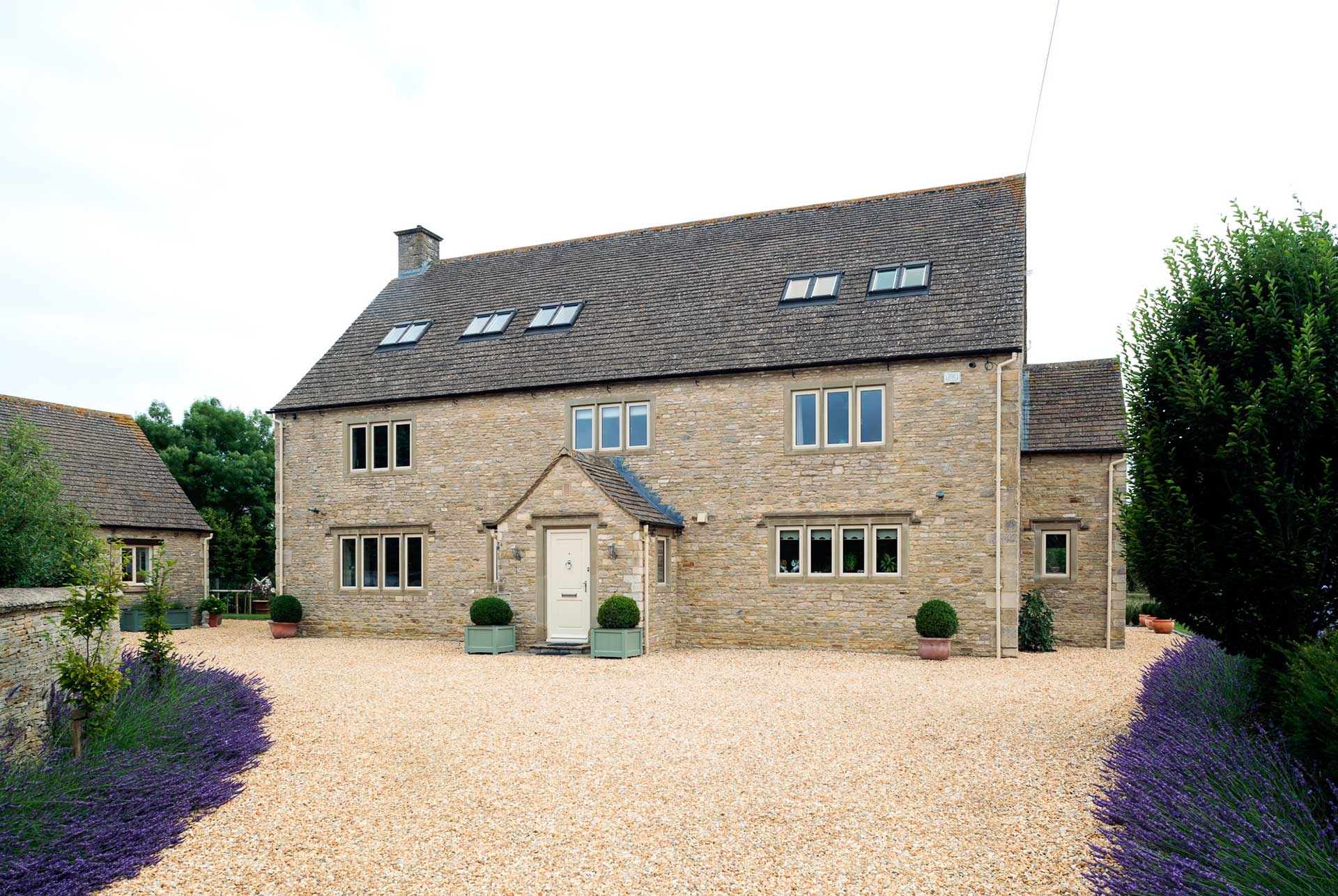Orangeries vs Conservatories
When it comes to enhancing your living space, two popular options often come to mind: orangeries and conservatories. Both provide a unique way to bring natural light into your home and create a beautiful space for relaxation or entertaining. However, they have distinct characteristics that may influence your choice. In this guide, we’ll explore the differences between orangeries and conservatories, helping you decide which option best suits your needs.
Exploring Orangeries
Orangeries have a rich history, originally designed in the 16th century as structures to protect citrus trees during the colder months. Today, they serve as elegant extensions of homes, combining the benefits of both a traditional extension and a conservatory.
Key Features of Orangeries
Structure
Orangeries typically feature a solid brick base with large glass windows and a flat or mansard roof, often topped with a glazed lantern. This design allows for plenty of natural light while providing a more solid and robust feel compared to conservatories.
Insulation
One of the standout benefits of an orangery is its superior insulation. The combination of brick and glass means that orangeries can be used year-round, maintaining a comfortable temperature regardless of the season.
Aesthetic Appeal
Orangeries complement period homes beautifully, enhancing their architectural style. They can be designed to match the existing features of your home, making them a seamless addition.
Versatility
These spaces can serve multiple purposes, from a sunlit dining area to a tranquil reading nook or even a home office. The solid structure allows for more flexibility in how you choose to use the space.
Discovering Conservatories
Conservatories, on the other hand, are primarily glass structures designed to bring the outdoors inside. Like orangeries, they originally housed plants, protecting tropical plants from the chilly and unpredictable temperatures of England. They gained popularity in the 19th century and have since evolved into stylish extensions that can enhance any home.
Key Features of Conservatories
Structure
Conservatories are predominantly made of glass, with a pitched roof that allows for maximum sunlight. They typically have a lower brick base, with at least 50% of the walls and 75% of the roof being glass.
Cost-Effectiveness
Generally, conservatories are more affordable than orangeries. Their simpler design and construction can make them a quicker and less expensive option for homeowners looking to add space.
Light and Airiness
The extensive use of glass in conservatories creates a bright and airy atmosphere, making them ideal for enjoying the garden views. Our stunning conservatories are constructed with slim sightlines, offering stunning panoramic views. They can be a perfect spot for plants, as they can mimic a greenhouse environment.
Seasonal Use
While modern conservatories can be equipped with heating and cooling systems, they may not retain heat as effectively as orangeries. This can limit their use during colder months unless additional heating solutions are implemented.
Comparing Orangeries and Conservatories
Design and Aesthetics
Orangeries offer a more traditional and elegant look, often blending seamlessly with older homes. Their solid structure provides a sense of permanence and grandeur.
Conservatories tend to have a more modern and open feel, ideal for contemporary homes. Their glass-heavy design creates a bright space that feels connected to the outdoors.
Functionality
Orangeries are a versatile space to suit any weather. Offering high-performance insulation, they can be used throughout the year, making them suitable for various activities regardless of the season.
Conservatories are best enjoyed in warmer months. With no brick base to keep out the sunlight, they can become too hot in summer and too cold in winter without proper heating or cooling. However, designs with premium double glazing, which you’ll find in all Panoramic conservatories, keep the temperature even and regulated.
Cost and Installation
Orangeries are typically more expensive due to their solid construction and materials. They may also require planning permission, depending on local regulations.
Conservatories are generally more budget-friendly and easier to set up, often exempt from planning permission if they meet certain criteria.
Energy Efficiency
The brick walls of orangeries provide better insulation, making them more energy-efficient and comfortable year-round.
While modern designs can be energy-efficient, they may still be less effective with heat retention compared to orangeries.
Making Your Decision
When deciding between an orangery and a conservatory, consider the following factors:
Purpose
Think about how you plan to use the space. If you want a year-round living area, an orangery may be the better choice. If you’re looking for a seasonal retreat, a conservatory could be ideal.
Budget
Assess your budget and consider the long-term investment. Orangeries may cost more upfront but can add significant value to your home.
Style
Consider the architectural style of your home. An orangery may suit a period property better, while a conservatory might complement a modern design. With customisation options, you can tailor any design to perfectly complement your home.
Choose a New Home Extension from Panoramic
Both orangeries and conservatories offer unique benefits and can enhance your living space in different ways. Whether you prefer the solid elegance of an orangery or the bright openness of a conservatory, we can help you create the perfect extension for your home. Our designs are fully customisable, letting you create an extension that enhances any property.
If you’re ready to explore your extension options with Panoramic, use our free online quoting engine today for a bespoke quote. We’d love to help you bring your vision to life!
READ
MORE

















